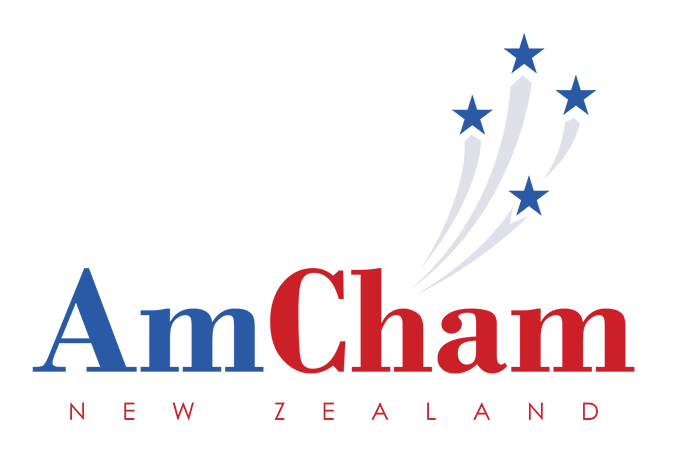United Airlines will resume its summer route between San Francisco and Christchurch in December. Some of United’s top brass sat down with Stuff Travel in Auckland to discuss the airline’s future plans.
In December 2023, United Airlines opened up the US to the South Island - and vice versa.
Launching direct flights between Christchurch and San Francisco, the seasonal service is the only one that allows South Islanders to fly direct to the US.
Coming back for a second season in December, the airline will fly the route three times a week, in addition to the daily service to San Francisco from Auckland from October 27, meaning it will operate 10 flights a week to the US hub. United has more combined flights between the US and New Zealand/Australia than any other carrier in the world.
“There’s a lot of interest particularly on the west coast of the US, folks wanting to travel here and see different places so it’s been very positive for us ,” said Doreen Burse, United’s SVP of Worldwide Sales.
“The great thing about San Francisco being one of our biggest hubs is the connectivity we have in getting folks to San Francisco, and then travelling onwards. There’s no particular state off the top of my head that comes to mind but in particular in the west, the western side of the US tends to be the most popular.”
Earlier this year United suspended its Auckland to Los Angeles route, which it had launched at the end of October 2023 with three weekly flights. Now it remains focused on the San Francisco routes to Auckland and Christchurch. Burse said looking ahead to summer, demand on the Christchurch service is “solid”.
“We were happy with the first season performance and are excited to be returning for a second season, with strong bookings trending,” said Burse.
Since the pandemic, United has grown its connections in the Asia Pacific region and is now 10% bigger than in 2019. Burse said New Zealand remains a key market for them.
“Even when you look at New Zealand and Australia together, we’re over 30% larger than in 2019. The region is very exciting if you consider that China hasn’t come all the way back. We’re the largest US carrier transpacifically. It's an incredibly important market to us and we’re going to continue to evaluate where is the demand, where are the places we can travel to that actually help folks, through our Star Alliance partners, get to other places beyond too.”
United’s country manager for Australia, NZ and Tahiti Tim Wallis said NZ’s great outdoors tends to be the key drawcard for Americans travelling here.
“Our peak season for capacity is our summer and that's the season for vineyards, for hiking, for water sports, so all of those activities they've been the reason for people to come down and will continue to be so I think.”
Wallis said while the recent increase to the tourist tax for visitors to NZ is high, it won’t be a deterrent for most US travellers.
“That’s a significant cost of course, but I think New Zealand has so many wonderful experiences and choices for passengers and I think it will always be a bucket list destination.
“And I think a cost like that gets packaged into that total cost of journey, and the reason people are coming down here is the great outdoors, the vineyards, the hiking, the list goes on and I know that that won’t stop them from visiting.”
The San Francisco routes will be flown with a Boeing 787-8 Dreamliner. United expects to take delivery of about 100 new planes every year for the next five years as part of their United Next growth plan - that’s a new aircraft roughly every three days. Those new aircraft will be about 20% more fuel efficient.
United is the largest purchaser of Sustainable Aviation Fuel (SAF) and was one of the first airlines to commit to becoming carbon neutral by 2050.
This month the airline announced an agreement with SpaceX to bring Starlink’s high-speed wi-fi to the airline’s mainline and regional aircraft fleet for free. That means passengers will be able to stream video while in the sky, watch live TV, download/upload documents and play live games.
Testing begins in early 2025 with the first passenger flights expected later that year. It’ll be available on passengers’ seat back screens, as the airline plans to retrofit existing aircraft to include a 10-inch screen in every economy seat, or 16-inch HD touch screen in every business class seat.
The new interiors will also include Bluetooth, power and plugs in every seat, bigger overhead bins, and LED lighting.
Burse said they’re always thinking about the traveller experience and how to remove friction from travel.
“It’ll be a gamechanger, I can’t imagine being able to stream and being able to do the things I can currently do at home in the air.”
Source: https://www.stuff.co.nz/
